1. Tighten That Waistline
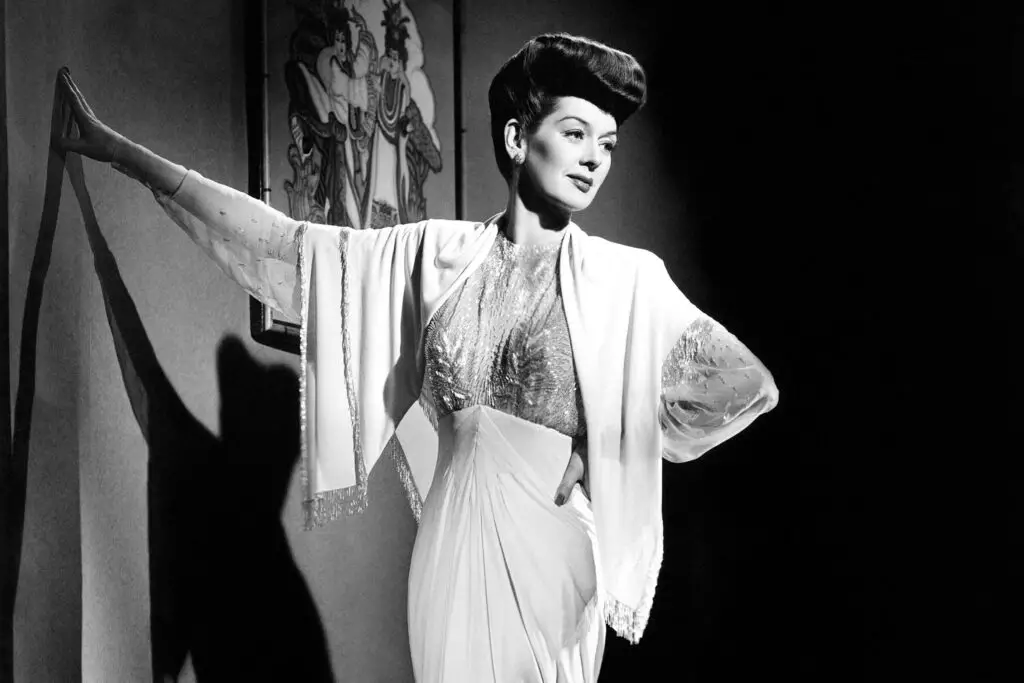
In the 1940s, a woman’s figure was expected to have an exaggerated hourglass shape, with a tightly cinched waist and fuller hips. Corsets, often referred to as “girdles,” were essential wardrobe staples, not just for formal events but for everyday wear. The goal was to create a silhouette that emphasized curves while flattening the stomach. These garments, although uncomfortable, were seen as an essential part of a woman’s appearance and were sometimes worn all day long says MSN.
Beyond the girdle, women were also encouraged to wear waist-length jackets or dresses to further emphasize this restrictive fashion. The standard was a waistline so slim that it required serious effort to achieve. The idea of a natural waist, relaxed and free, was far from the trend. In many ways, this trend reflected the societal belief that women should maintain control and composure, even at the cost of comfort shares Reader’s Digest.
2. No Pants Allowed (For Most Occasions)
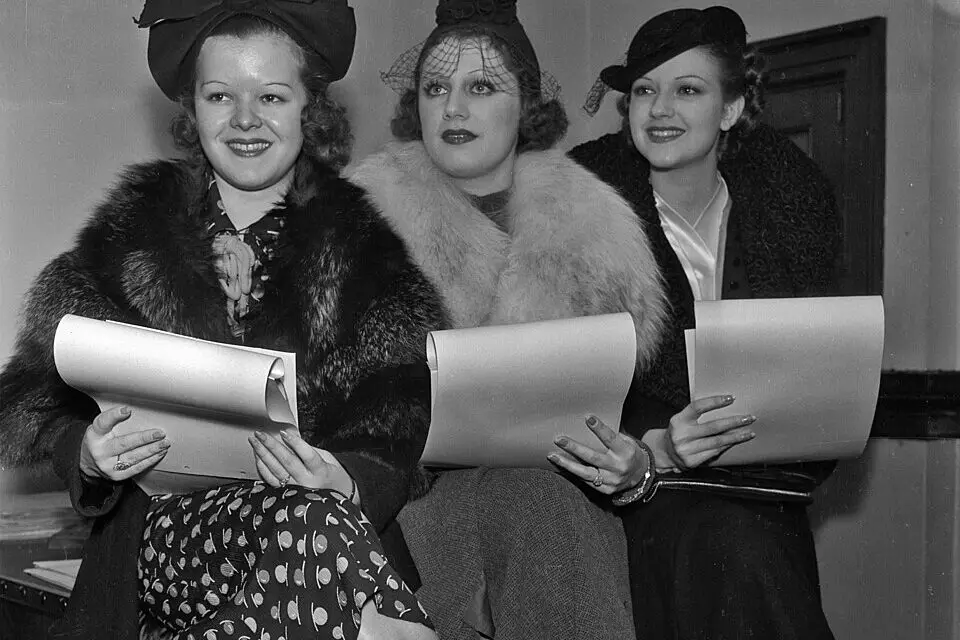
While pants were slowly becoming acceptable for women in the workplace and during wartime, they were still a no-go for most social gatherings. It wasn’t uncommon for a woman to be scorned for wearing trousers to events that were traditionally reserved for skirts and dresses. Pants were typically only allowed for women working in factories or engaging in physical labor during World War II says Vogue.
Even in casual settings, women were expected to wear skirts or dresses to maintain a sense of femininity and decorum. For many, the idea of wearing pants was associated with a more masculine, “unladylike” look, something that went against the traditional standards of how women should present themselves. This gendered rule lasted well into the ’50s, despite pantsuits later becoming a symbol of power and liberation in the decades to come explains Historical Honey.
3. Never Show Your Ankles

In the 1940s, modesty was a top priority in the world of fashion. One of the more shocking rules was that women were expected to avoid showing their ankles at all costs. It wasn’t just about wearing long skirts and dresses, but also about making sure they fell just at the right length, covering the ankle. Exposed ankles were seen as an act of indecency, even if the person wearing the outfit wasn’t consciously trying to be provocative.
This obsession with ankle coverage was a carryover from the earlier Victorian era when even a woman’s wrists were considered too intimate to reveal. Dresses with hems that hovered just above the ankle or that brushed the floor were considered proper, while any exposure was thought to make a woman appear immodest. The taboo against ankles, while laughable by today’s standards, was just another way to keep women within prescribed boundaries.
4. Hats Were a Must
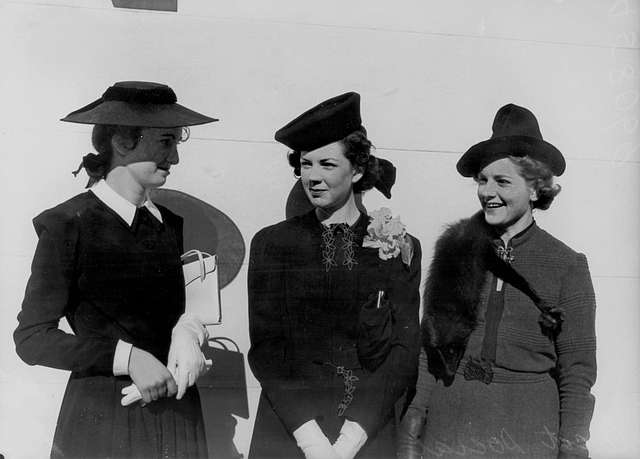
In the 1940s, hats were an essential part of a woman’s outfit, not just an accessory. Regardless of the occasion, from grocery shopping to attending church, women were expected to wear a hat. The hats were often elaborate, featuring wide brims, netting, feathers, and bold embellishments. The larger the hat, the more fashionable a woman seemed to be.
While it may seem a little over-the-top today, this strict rule was a reflection of social status and respectability. Women were often judged by the quality and style of their hats, just as much as by their clothes. Not wearing a hat could be seen as a sign of rebelliousness or carelessness, and the rules about when and how to wear one were as strict as any other fashion standard of the time.
5. Always Wear Gloves

Another rule that defined women’s fashion in the 1940s was the requirement to always wear gloves when going out. Whether it was a casual shopping trip or a formal gathering, gloves were considered an essential finishing touch to any outfit. The gloves were often made of silk, satin, or leather, depending on the occasion, and they ranged from short, wrist-length styles to full-length ones that extended past the elbows.
Gloves were more than just a fashion statement; they were a symbol of refinement and class. Women were expected to wear them not just to keep their hands warm but to protect them from dirt or germs, as well as to maintain their “lady-like” appearance. The importance of gloves was so ingrained in 1940s society that it would have been almost unthinkable for a woman to be seen in public without them.
6. High Heels at All Times
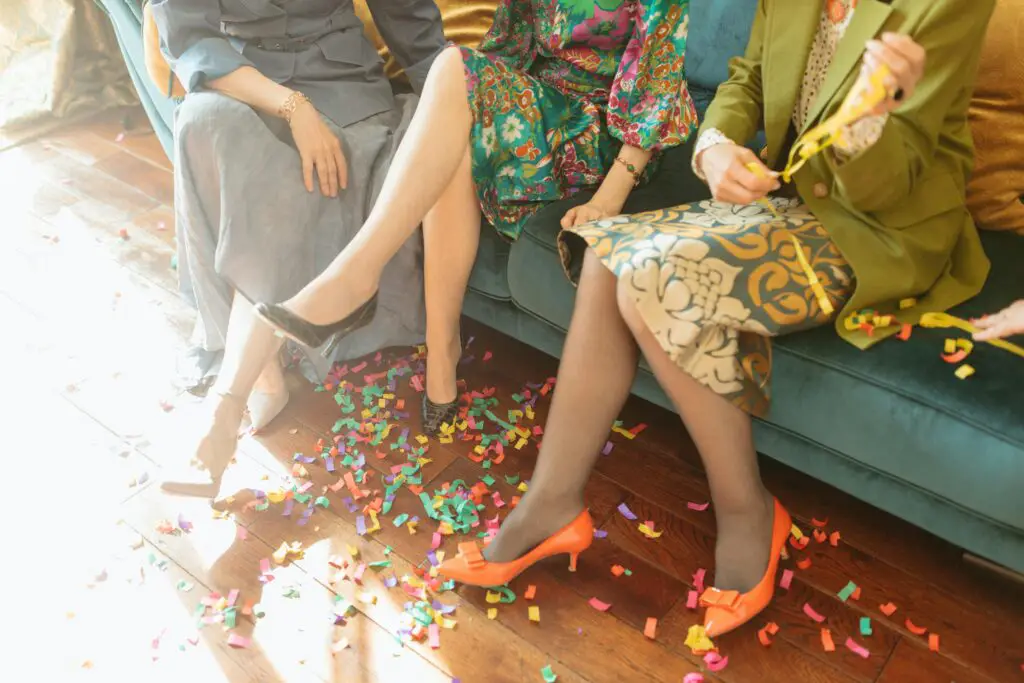
While today, comfort and practicality often take precedence in our choice of footwear, in the 1940s, high heels were considered essential for women. Regardless of the event, women were expected to wear shoes with a heel, sometimes quite high, to maintain a polished and proper look. Flat shoes, like ballerina slippers or sneakers, were seen as casual and, therefore, unacceptable for formal or professional settings.
These high heels were often paired with the idea of grace and elegance, making a woman appear taller and more refined. However, as you can imagine, constantly wearing high heels took a serious toll on a woman’s feet and posture. It wasn’t just about beauty—it was about fitting into a certain mold of sophistication that society demanded. Women who dared to challenge this rule were often viewed as lazy or unrefined.
7. Keep Your Hair Neat and Set
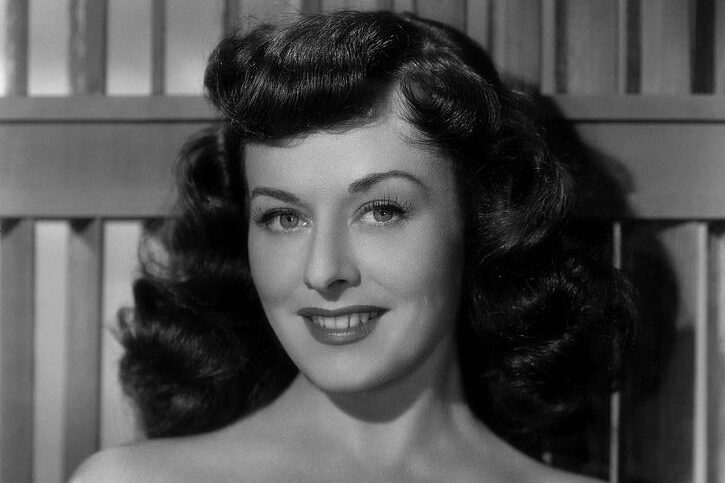
In the 1940s, a woman’s hair was considered one of her most defining features, and it had to be perfectly styled at all times. Loose, messy hair was out of the question, and most women went to great lengths to keep their hair neat and “set.” Curlers, pomades, and hairnets were essential tools to ensure that every strand was in place and that no stray hair dared to fall out of line.
The “set” look often involved tight curls or waves that held their shape throughout the day, requiring regular trips to the salon or at-home maintenance. Hair was often styled in tight, controlled shapes, such as victory rolls or pin curls, that required hours of work. Women could rarely be seen without their hair done, as untidy hair was often considered a sign of sloppiness or a lack of respect for oneself.
8. Dresses Only for Evening Wear
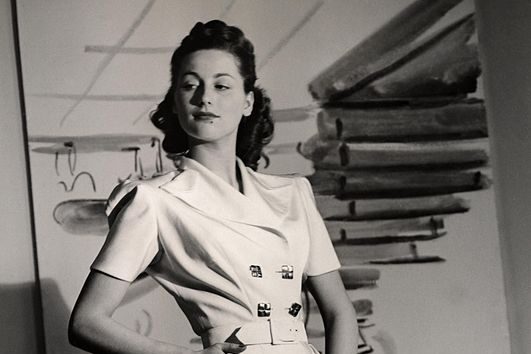
While the idea of wearing a dress to a formal event today seems commonplace, in the 1940s, dresses weren’t just reserved for special occasions—they were part of everyday wear, regardless of time of day. However, it was a cardinal sin for women to wear dresses in the evening that were too casual. Evening wear had to be distinctly different from daytime attire, and the line between casual and formal was incredibly strict.
Women were expected to change into evening dresses that were more elaborate, with fancier fabrics and evening-appropriate embellishments, like sequins or lace. These dresses often featured luxurious details, such as draping, and were designed to make women appear even more sophisticated. Wearing a more relaxed dress for an evening event could be seen as a major faux pas, signaling that a woman wasn’t upholding the standards of formal fashion etiquette.
9. No Showing Too Much Skin

Modesty ruled when it came to 1940s fashion, and that included a strict rule against showing too much skin. The idea of showing cleavage or bare shoulders was seen as indecent, and necklines had to be modest and controlled. Dresses were designed to be high-necked, or at least with a sweetheart or square neckline that didn’t venture too low.
When it came to swimsuits, the restrictions were even tighter. Bathing suits in the 1940s were modest by today’s standards, with one-piece designs that covered most of the body. Wearing a bikini—or anything that revealed too much—was frowned upon and could make a woman the subject of harsh judgment. Showing skin was simply out of the question unless it was done within the highly regulated boundaries set by fashion norms.
10. Avoid Bright or Bold Colors
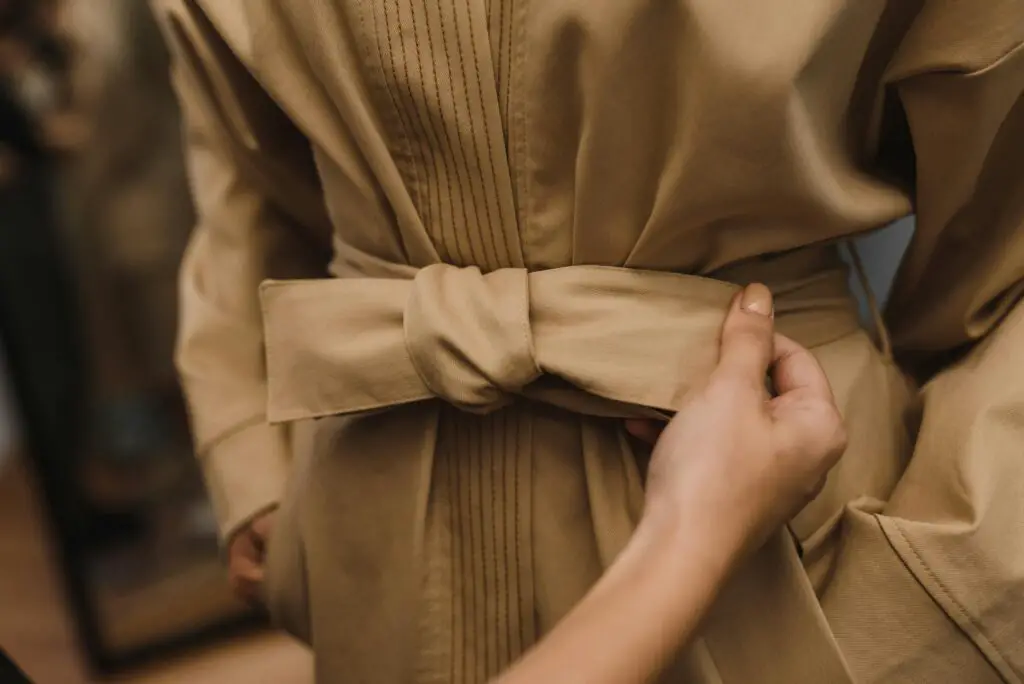
While today’s fashion allows for a wide array of bright colors, the 1940s were more about muted, subtle tones for women. Bright, bold colors were considered too flashy, especially for everyday wear. Women were expected to wear more neutral shades, such as navy, black, beige, and soft pastels, to present a more refined image.
Colors like red were reserved for very specific, high-fashion occasions and were often seen as too bold or even attention-grabbing for daytime wear. The goal was always to present an elegant, understated appearance—anything too loud or attention-seeking was seen as uncouth. While this subdued palette may seem dull to modern sensibilities, it was a reflection of the era’s conservative approach to fashion and women’s roles in society.
11. No Mixing Prints
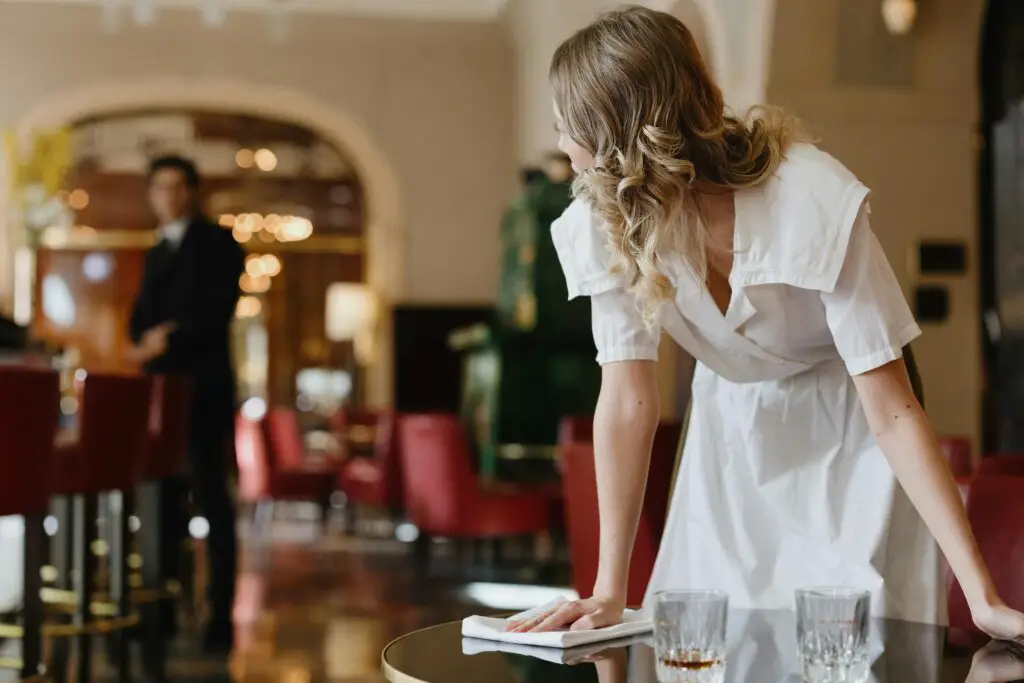
Pattern mixing was considered a major fashion faux pas during the 1940s. Women were strictly advised not to pair more than one pattern in their outfit, as this could clash with the overall look. Patterns like polka dots, stripes, and florals each had their own place, but never together. Matching was the key, with the idea that wearing too many patterns was garish and unrefined.
The rule about mixing prints extended beyond just clothing. Accessories, such as scarves or handbags, also had to match the primary pattern of an outfit. Coordinating everything to perfection was considered a symbol of good taste, while stepping outside of this box could result in the harsh judgment of fashion experts and peers. This rule has long since fallen out of favor, as fashion has embraced bold combinations and creative freedom.
12. Always Wear a Slip
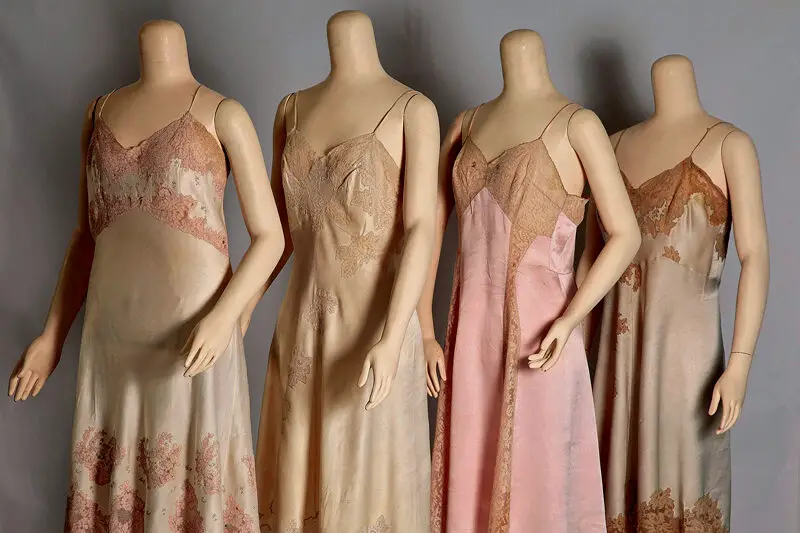
A slip was another non-negotiable garment for women in the 1940s, especially when wearing dresses or skirts. Slips were worn underneath to ensure that clothing didn’t cling to the body and to provide an extra layer of modesty. Made of satin, silk, or nylon, they were often worn just as much for comfort as for practical purposes, keeping dresses from sticking to the skin.
A slip was also a way to maintain the smooth lines of an outfit. Without it, dresses could look lumpy or uneven, as the fabric might catch on a woman’s body. This extra layer of clothing was also seen as a sign of propriety—women who didn’t wear slips could be judged for not being properly dressed. Slips became so ingrained in women’s wardrobes that they were considered just as necessary as any other article of clothing.
